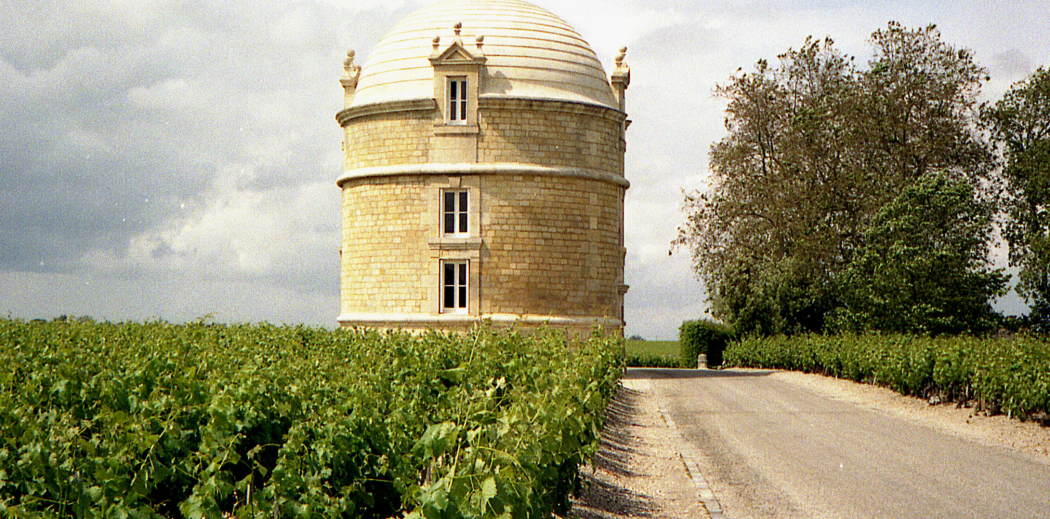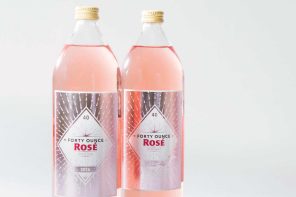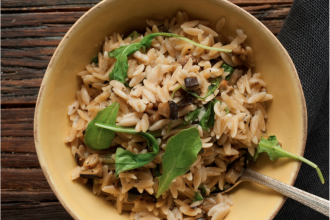Foreign classifications you can’t pronounce, old-school labels with important information you don’t understand, 300-year-old traditions that started back before Napoleon and tour guides who laugh in the face of anyone who suggests screw tops as an alternative to corks—the world of French wine is intimidating.
As old as wine itself, winemaking in France is sacred, regardless of the region. At the center of the wine world, however, is Bordeaux, where wine is a precious commodity, nurtured for generations and studied with refinement and pomp. Some Bordeaux wines are considered the finest in the world, and there are certainly a few here producing the world’s most expensive bottles. It can be a scary place, even to those who consider themselves pretty savvy wine tourists.
Thankfully, Bordeaux has an underbelly. It’s a side that’s warm and inviting and happy you came. On this side, you learn from friendly tour guides about the alternative history—about vineyards that have been fighting for recognition since the time of Napoleon, and are growing lovely fruit in next-to-perfect terroir. This is a Bordeaux where you can kick off your shoes, trade in your chauffeur and Michelin restaurants for a bike with a bell and some good old fashioned wine tasting. Here’s how to see the friendly Bordeaux:
Go with plenty of time
There are thousands of wineries in the Bordeaux region, and you’ll want ample time to visit a few different ones and still be able to stand when each day is done. Also, getting that rural winery experience—walking out onto the vastness of a single-grape vineyard, catching a chill in a hundred-barrel cellar, learning straight from the source how each bottle is cared for and crafted—that’s what will make your trip to this part of the world so memorable. Try Airbnb for a truly local experience or take one or two day trips outside of Bordeaux city to allow yourself time to slow down.
Yes, Bordeaux city is the wine capital of the world. Its wine industry alone brings in 14.5 billion euros annually. And yes, there’s a cool new interactive museum slash wine theme park there. But even though it’s a practical weekend trip from Paris (reachable in three hours and change), not getting out to see the châteaux and villages that are the heartbeat of the region would be a shame. Try to get out of the city if you can. Day trips are easy by bike or train. St. Emilion, Pauillac, St. Estephe, Margaux—all are worth at least a day trip, and some are worth an overnight splurge.
Don’t rent a car
Who wants to visit wineries and worry about getting behind the wheel? If you’re not a fan of the tasting room spittoon, and simply want to relax and enjoy yourself, you’re probably doing it right. There are plenty of different options to get around, even if you want to venture out of Bordeaux city, so ditch the car rental idea pronto.
Trains in and out of Bordeaux are easy to access, fairly regular and offer a pleasant ride, regardless of where you’re headed. It can get you from the city’s main station to outside villages like St. Emilion and Margaux in well under an hour and for less than 20 euros.
Renting a bicycle is another option, whether you want to roam around the city for the day or ride around villages that are too adorable for words to venture out to nearby châteaux. Riding a bike around means you can see everything rather than rushing in between wineries in a car, or worse, foregoing the château experience altogether. Just make sure you map out your route first to make sure all your destinations are in biking distance.
If all else fails, Bordeaux has Uber, so there’s that.
Visit smaller châteaux
Rather than visiting the famous first-growth—or even fifth-growth—châteaux that have a huge international presence and rely mostly on futures, get yourself off the beaten path. These two classifications of wines and wineries are much newer than the 1855 classification that put the big Bordeaux boys on the map. But, their grapes are often grown on vineyards just next to some of the big boys, and they have some very talented winemakers creating complex wines. The trouble is, they’ve had to struggle to get noticed by the national and international wine community over the years. Crus artisans are small to medium vineyards that are often family run and have a small production, but they’re still worth drinking. Cru bourgeois wines are voted on every year in a blind tasting, so it’s just a matter of whose wine is best. The best part about trying these wines is they’re about half the price of their well-known neighbors.
Don’t miss the rosé
Rosé in Bordeaux definitely hasn’t had the same cachet as the cru classé cabernet-merlot blends that put Bordeaux on the map. Historically, Bordeaux rosés were made with the leftover grapes that weren’t good enough to make it into the premier wines, and some winemakers still do it this way, while some don’t bother with the pink stuff at all. Others, however, are starting to realize that—just like every other industry—consumers are starting to drive demand rather than the other way around. The in-touch châteaux in the region are growing fruit specifically for rosé production. These wines can be a bit darker than pale-hued Provence rosés, but they can also be quite dry. Plus, they’re dirt cheap. We’ll take two, sil vous plait.









You’ve got me aroused! Where did my wife hide our passports? If we catch a cheap flight to Brussels, I’m sure we can hitchhike south. Alas, those are just fevered dreams from the 70’s.
Visited in the St Emilion area for too brief a time on a French road trip, visiting 3 wineries and staying at a 4rth, At the wine board office, I asked for arrangements to see bigger winery, a small one, and one other to give a broad sense of the wine culture – “big names” weren’t important.
At the smallest, a vintner in training gave us personal explanations of their growing process – and her learning experiences – while we stood in the vineyards. At each, gracious and lengthy descriptions of the wines and fermentation processes were given. There was a total absence of “snobbery” – At our chateau ( it was) the guests ( about 8) were given taste tests around our dining table: mechanical vs hand picked grapes; stored in modern stainless steel pressurized vats, or bottled; a similar wine at different ages. We had a little taste of the (great) 2009 vintage in it’s youth. ( And the food thereabouts is all good).
Almost everything in the smaller wineries is “dirt cheap” compared to prices in the US, for excellent wines. But they can’t ship to the US for you personally – unless you can figure out a way.
Scary? Not! Relaxing and friendly.